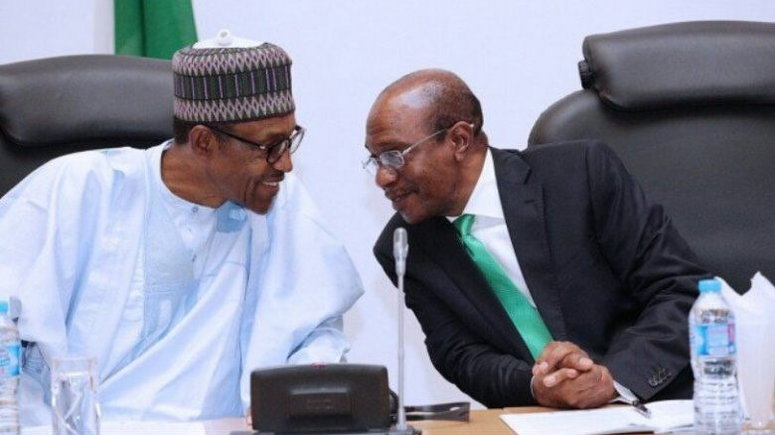More banking experts have continued to raise alarm on the dangers of sustained erosion of naira value against the dollar.
The latest is coming from Ms. Razia Khan, the Chief Economist for Africa at Standard Chartered Bank, saying “The depreciation of the naira may weaken further the capital buffers of Nigerian banks”.
In her submission, she argued that weak economic growth had impacted the health of the banking sector in various sub-Saharan African economies including Nigeria.
According to him, “Prior to the collapse in the oil price in late-2014, Nigerian banks were used to lending in foreign exchange. But currency depreciation since then has made foreign exchange loan repayment more difficult.
As detailed in a bulletin tagged, ‘Growth, debt and Trump: key economic trends in Africa to watch in 2017’, Khan noted that hopes for faster growth rested on prospects in the region’s two largest economies-Nigeria and South Africa.
“It has also called into question capital adequacy, the buffer (measured in local currency) through which banks are able to absorb losses. Until these issues are resolved comprehensively, it is difficult to see the return of new lending appetite on a sustained basis.”
Khan made it clear that weaker commodity prices and sluggish fiscal revenue have resulted in many sub-Saharan African governments falling behind on payments to suppliers and contractors.
She maintained however that the prevalence of fiscal arrears (late payment by government), she said, had often been closely linked to the problem of non-performing loans in different banking systems, saying “As banks face mounting losses, they become more reluctant to lend. Economic momentum slows further.”
“While Africa’s economies face more difficult external conditions in 2017, many of the policies that have contributed to weaker economic growth are home-grown. The good news is that average regional growth should recover in 2017. But greater reform and deeper debate on the domestic policy choices that have constrained growth are required for more meaningful transformation.
Giving insights to the region’s performance last year, she said, “In 2016, real Gross Domestic Product growth in sub-Saharan Africa is estimated to have been the weakest since the 2008-09 global financial crisis. This was largely because of the weak performance in its two largest economies, South Africa and Nigeria, which together make up about half of sub-Saharan Africa’s GDP”.
“Although oil and mining economies were hurt by the commodity slowdown, much of East Africa as well as oil-importing Francophone economies such as Côte d’Ivoire and Senegal managed robust rates of growth of above six per cent. The slowdown in Africa was not uniform.” On the 3017 outlook, Khan said, “In South Africa, recovery after a severe drought in 2016 and improved electricity generation should provide a modest lift. But private sector confidence remains weak, and rising debt levels mean that South Africa remains at risk of losing its investment grade credit rating. With little room to scale up public investment, a tepid recovery is likely, at best.
“In Nigeria, following a probable contraction of the GDP in 2016, it will not take much to drive growth to positive levels in 2017. But higher oil prices alone (we forecast an average of $66/barrel in 2017) are no panacea.









